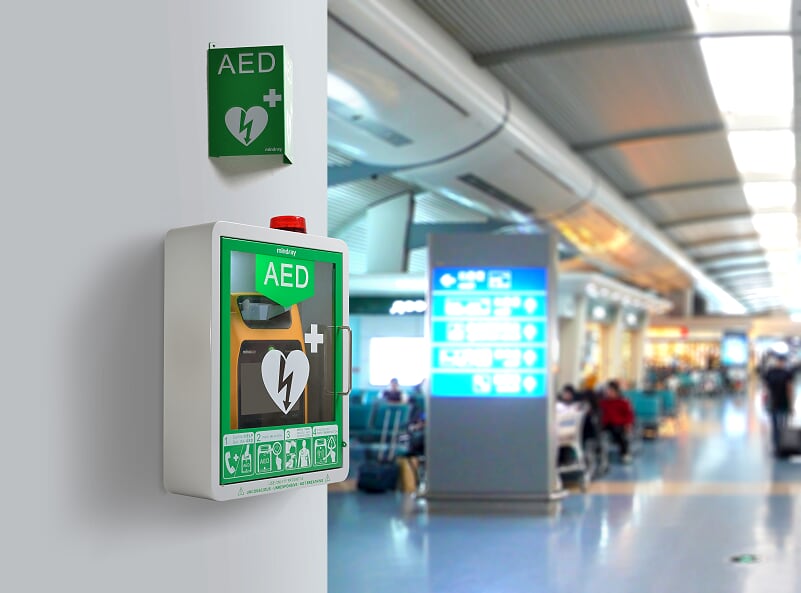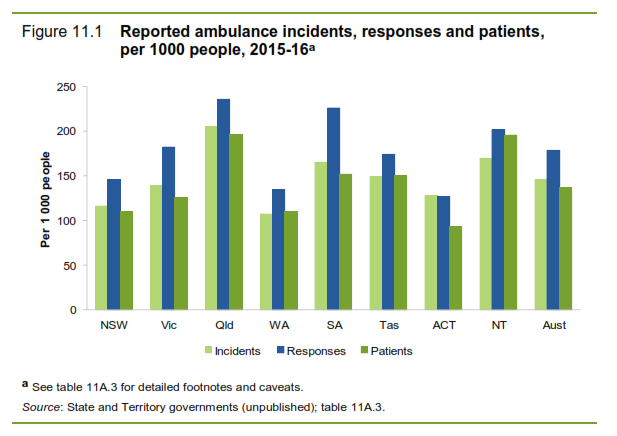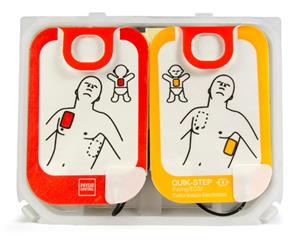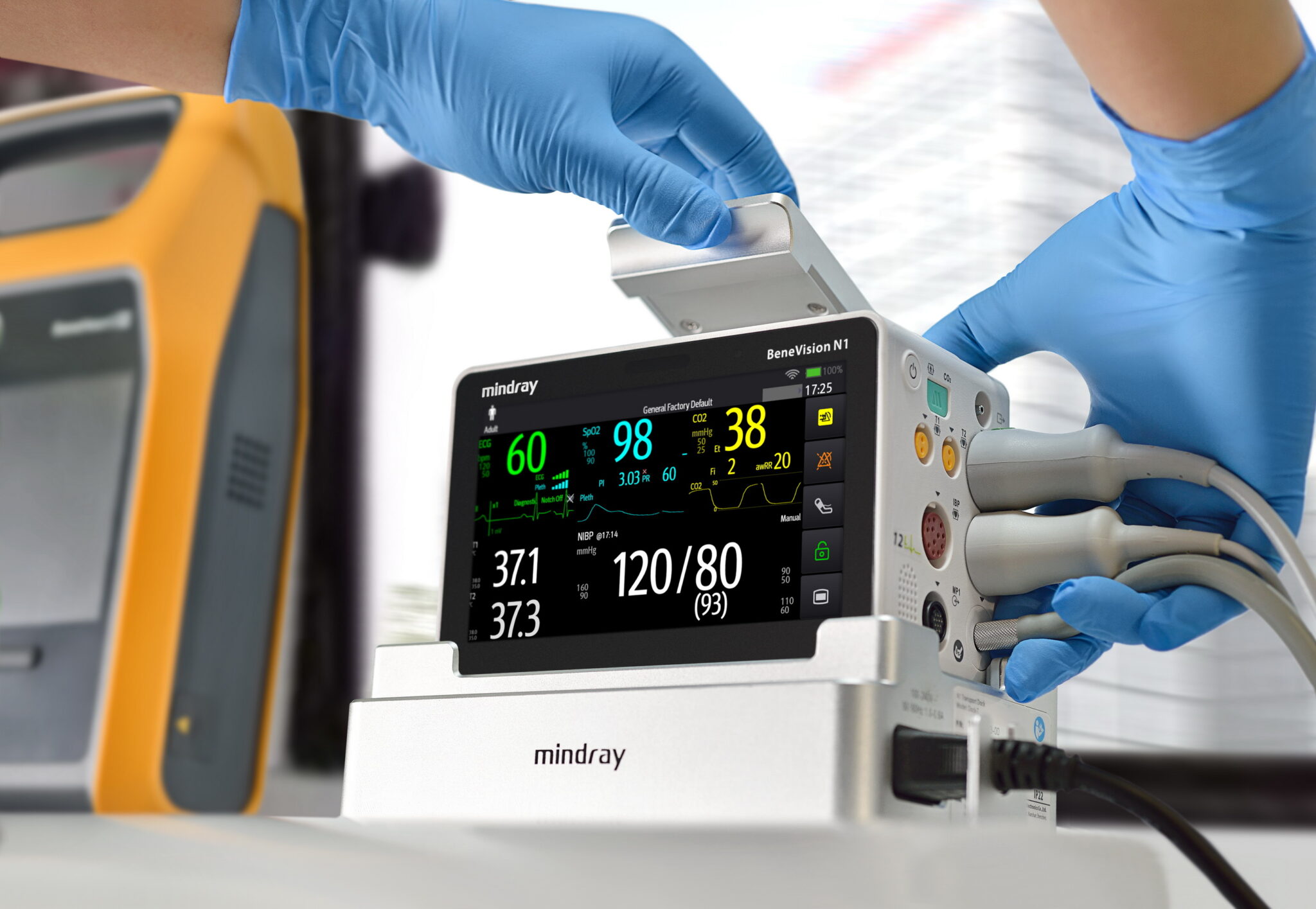Seven Reasons to invest in your people, your customers and yourself!
Buy an AED!
01
35,000 Australians die every year from Sudden Cardiac Arrest (SCA)
Reducing the time to first shock is critical
Sudden cardiac arrest is a leading cause of death in Australia, causing around 35,000 deaths each year. Around half those who experience cardiac arrest have no prior warning that there is anything wrong with their heart. Of those cases that occur outside hospital, almost 90 per cent are fatal.
It is not just older people who suffer cardiac arrest. In the United States about 7,000 to 16,000 children die from sudden cardiac arrest each year, often from undiagnosed heart defects. For adults, 10,000 sudden cardiac arrests occur in the workplace every year, with 13% of all workplace fatalities resulting from sudden cardiac arrest.
In Australia each week, 5 people under 35 suffer sudden cardiac arrest.
Here at International Paramedic College, we want to see an Australia where, if a friend or workmate has a cardiac arrest, you’ll be able to find an AED within minutes because for every minute defibrillation is delayed there is a 10% reduction in survival.
A recent article in the Australian Financial review asked the question “When so few medical conditions are completely unexplained, we retain a special horror for these stories of teenagers who go to sleep and never wake up, or of promising athletes who die mid-race. They raise the disturbing, unanswered question: why do the young and healthy sometimes drop dead?”
Just like first aid kits, smoke detectors and other safety measures, AED’s can save lives and we need them in the workplace close to where people are.

News reports show a 21 year old Sunshine Coast woman was saved by the quick thinking of those around her and timely access to an AED after she almost died from a massive attack while using a rowing machine.
Emily Counter was working out at a fitness center in Noosa when she had a seizure and went into cardiac arrest in October 2018
Watch the CCTV footage here
“More Australians die of Sudden Cardiac Arrest each year than those that die of Breast Cancer, Prostate Cancer, Aids, Road Accidents and House Fires all combined!”
02
Ambulance response times
Reducing the time to first shock is critical
Paramedics are fast, but not that fast.
Australian Ambulance response times can vary widely. It is the nature of this big brown land. Average ambulance response times are published annually and you can see in the graph below that waiting for paramedics to deliver the first shock as your strategy in time-critical sudden cardiac arrest, may not be the best strategy. Many years ago, Bob Wright, the father of modern paramedics in Australia worked on the philosophy that if you were going to die between the event and the hospital then we better train paramedics to treat you. AED’s were developed to help the general public save lives before an Ambulance arrives by being easy to use in an emergency. Waiting for paramedics to arrive will reduce your chance of survival.
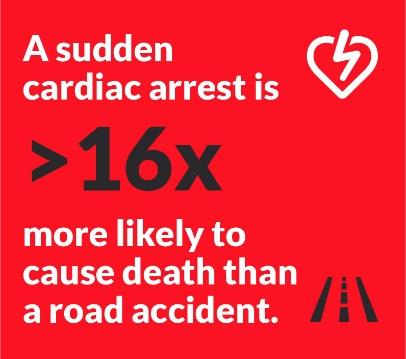
03
SCA is a workplace health and safety issue
Reducing the time to first shock is critical
Are there any legal implications if you have an AED in the workplace?
Many people are concerned by the possible legal ramifications of having an AED in the workplace. Common worries include questions like “if we use an AED on someone and that person doesn’t survive, are we liable”, “is an AED in the workplace only provided for staff or should it be available to customers” and so on.
Whilst it would be prudent practice to seek out your own legal advice, some great reading on this topic is available from the blog “Australian Emergency Law” by Michael Eburn PhD and Barrister. Included herein are links to particularly relevant articles such as: “Legal issues when installing a defibrillator“, “Liability for installing, or not, an AED in a retirement community” and “Choosing not to install an AED for spurious reasons“.
Here are a couple of quotes from the articles mentioned above:
“Not installing an AED for fear that one somehow be liable if it’s used is ridiculous. They are intended to be used by anyone…
It may be reasonable to choose not to install one on a cost-benefit basis, but it can’t be reasonable to choose not to install one for fear that ‘it will give rise to some additional duty of care that could wind up with them getting sued’. It won’t.”

“Ambulance Victoria have demonstrated that Victorian SCA victims that receive their first shock from a by-stander who utilises an AED have a 1.96x higher chance of surviving the event (55%) than those that wait for a Victorian Ambulance (28%)!”
04
Focus on real service to your customers and staff in times when the need is greatest.
Its a paramedic adage -Taking the “what if” out of critical situations is vital for our mental well being
An AED in the workplace is there for you, your staff and customers
What is customer service? I hear business talk about customer focus and exceeding customer expectations. Having an AED when a customer needs one might just be better than a 5 star google or facebook review of your business or the feedback if you couldn’t help.
SCA can occur in any circumstance; work, rest or play. There are many contributing factors to SCA like diet, weight, exercise or lack of exercise, stress, genetic factors, though it is important to note that many SCA occur in young and otherwise healthy Australians.
Global studies over the past 20 years have provided similar outcomes. These studies have repeatedly demonstrated the link between AEDs and surviving a SCA. In addition, these studies have demonstrated that higher survival outcomes are achieved when the first shock is delivered within 3 minutes.
Compared to the rest of the world we are not as good at delivering the first shock in SCA.
Time = Survival
….in England only 55 per cent of people who suffer a cardiac arrest in public are given CPR by a bystander (40 per cent in Australia), and only 2 per cent are treated with a defibrillator before the ambulance arrives – even though this offers the best chance of survival. As a result, you’re much more likely to die of an out-of-hospital cardiac arrest in England than in Norway, where a quarter of victims survive, or in Seattle or the Netherlands, where survival rates are 21 per cent. Research by the University of Warwick suggests that if England’s emergency medical services began operating on a par with that of Norway, this would save 4,500 lives a year.
“Survival of SCA in Australia is estimated to be 12%, or 25% if the SCA is witnessed by a bystander. Survival in other parts of the world is as high as 65% for a witnessed SCA!”
05
CPR is Not enough
Reducing the time to first shock is critical
Workplace CPR training or Community CPR education programs are great, but they are not enough.
Effective CPR where you press hard enough and fast enough on the chest may keep patients “salvageable” and by that I mean it circulates blood to the brain which is important, however, only an electric shock from an AED can restore a normal heart rhythm when a person experiences an abnormal heart rhythm such as ventricular fibrillation — the leading cause of sudden cardiac arrest. An AED delivers the required shock if it registers that a shock is needed by the patient. That’s why they call them “smart defibs”
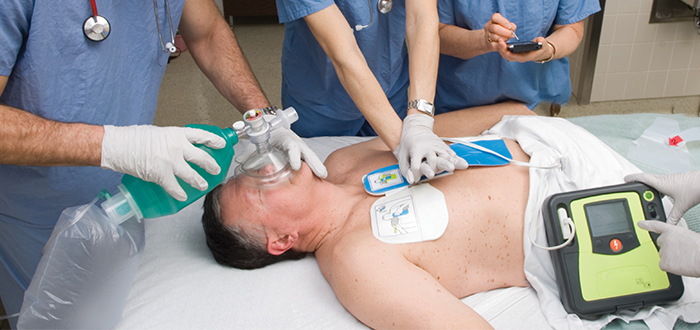
06
SCA is the single largest health issue facing Australian workplaces
Reducing the time to first shock is critical
AEDs are Easy to Use – You Cannot Accidentally Shock Someone
AEDs will calmly talk you through everything you need to do. So even if you haven’t been trained you can follow the voice instructions. They will automatically analyze the person’s heart rhythm and advise whether a shock is needed. You cannot accidentally shock someone because the AED only will charge to shock when it detects two life threatening rhythms – ventricular fibrillation and an unstable ventricular tachycardia. If someone just passes out and still has heartbeat, it will not charge to shock. In fact, studies show that sixth grade children can correctly use an AED in as little as 90 seconds.
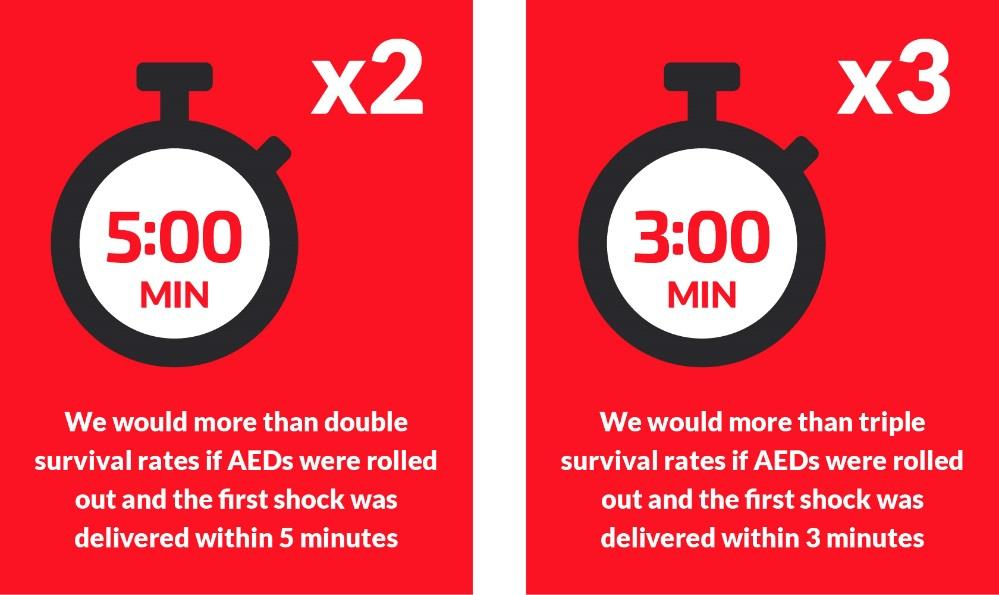
07
What would your workplace be like after someone had died from a sudden cardiac arrest
Reducing the time to first shock is critical
There is a cost to doing nothing – Dealing with the “what if’s” after traumatic events can be devastating.
As a paramedic I speak from experience. The “what if’s” ripple effect after tragedy and simply devastating.
The current model Code of Practice for First Aid in the Workplace only mandates first aid kits and trained first aiders. So, while an AED is not mandated, it could be used on you, your customers or your colleagues at work. It’s not always what we have to do, but what we should do.
You don’t only need to do something when you have too.
We need to do something when it is just the right thing to do.
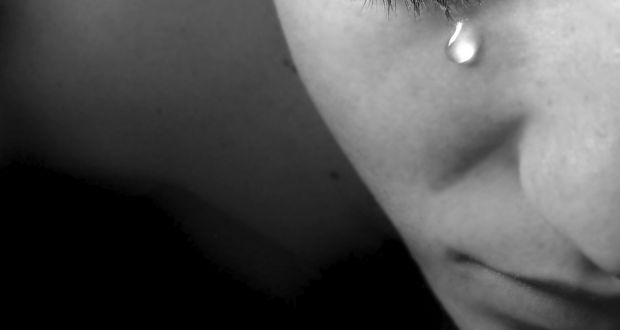
OUR RECOMMENDED AED HAS
- Faster to shock and the only AED with CPR insight technology that allows chest compressions during ECG rhythm analysis which means more effective CPR
- CPR coaching and metronome to set an effective CPR pace during an arrest
- Adult and child modes at the press of a button with no need to change between or buy separate adult and child pads
- IP rating of 55 for tough conditions
- Available in semi or fully automatic modes
- 8 year warranty
- 4 year pad and battery life (change pads and battery cost around $400)
- Cheapest cost of ownership over the life of the AED
- Soft shell carry case
- Clear voice technology – easy to hear and understand instructions
- Weight of only 2kg for easy of transporting
- Part of our pay it forward program where we donate an AED to the survivors choice of place
Fully Automatic model = no button to push to deliver shock. Semi-Automatic model = push button to deliver a shock. We recommend the fully automatic model for use as a public access defibrillator
Simply want to know more?
Click here to contact us and we can arrange a demonstration.
AED VALUE PACKAGES

